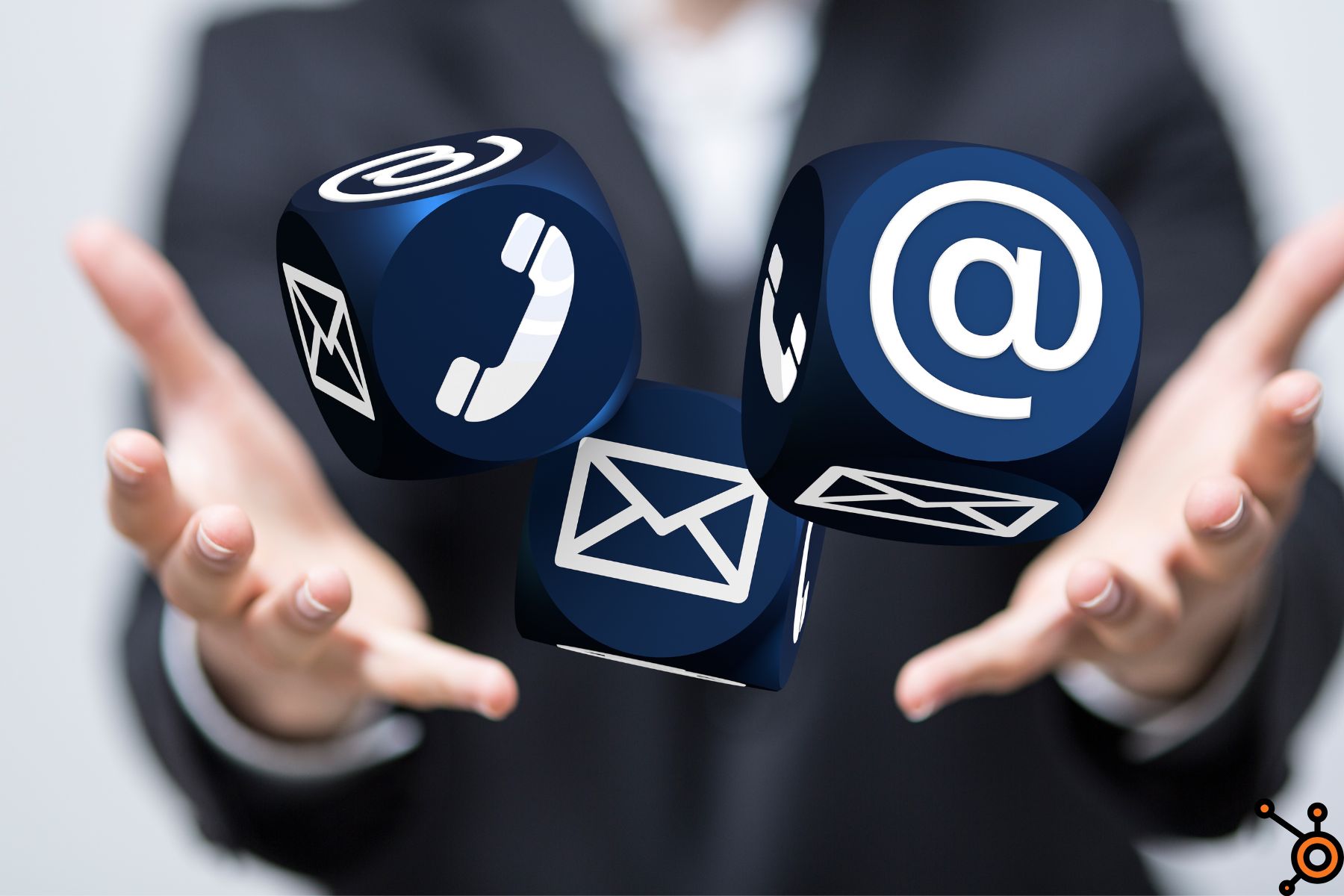Blog Post
How to Use Hubspot Webhook for Maximum Impact

Hubspot automation and integration are key to maximizing efficiency.
HubSpot, a leading CRM platform, offers powerful tools to help businesses achieve these goals. One such tool is HubSpot Webhooks, which enables real-time communication between HubSpot and other applications.
In this guide, we will explore how to use HubSpot Webhooks, covering setup, API integration, workflows, private apps, and best practices to ensure you get the most out of hubspot webhooks.
How to Use Hubspot Webhook for Startups & SMEs
HubSpot Webhooks are HTTP callbacks that allow HubSpot to send data to an external URL when certain events occur.
This real-time data transfer helps integrate HubSpot with other applications and services, facilitating automation and updates across platforms.
Watch this step-by-step guide on how to configure and use webhooks in HubSpot to automate your processes
Hubspot Webhooks Key Features & Benefits
Real-Time Data Synchronization
Webhooks ensure that data is transmitted instantly between HubSpot and other systems, eliminating the need for manual updates and reducing the risk of errors.
Automation of Processes
By automating repetitive tasks, such as sending notifications or updating external databases, webhooks help reduce human errors from operations.
How to Use Webhooks Hubspot
Accessing Webhook Settings
Log in to your HubSpot account and go to your settings.
Go to the “Integrations” section and select “Webhooks.”
Click on “Create Webhook” to start setting up a new webhook.
Configuring Webhook Triggers
Choose the events that will trigger the webhook, such as form submissions or new contact creation.
Enter the URL where HubSpot will send the data. This URL should point to a server or application that can handle the incoming requests.
How to Use Hubspot Webhook Example
Set up a webhook to notify your sales team whenever a new lead is generated.
Configure the webhook to send details about the lead, including name, email, and source, to a Slack channel or email address.
How to Use Hubspot Webhook to Send Email
Browse to the “Workflows” section in HubSpot.
Create a new workflow and select the trigger event for sending an email, such as a new contact being added to a list.
Example: Configuring Webhooks to Trigger Email Alerts for New Contacts
Use the webhook to send a notification email to your team whenever a new contact is added.
Configure the email content to include the contact’s details and any relevant information for follow-up.
How to Use HubSpot Webhook API
The HubSpot Webhook API provides a set of endpoints for creating and managing webhooks.
This API allows you to automate webhook management and integrate it with other systems.
Authentication and Security Considerations
Use OAuth or API keys to authenticate requests to the HubSpot API.
Security
Implement HTTPS to secure data transmission and validate incoming webhook data to prevent unauthorized access.
How to Use Hubspot Webhook Workflow
Creating a Webhook
POST /crm/v3/objects/webhooks
{
"url": "https://yourserver.com/webhook",
"events": ["contact.creation", "form.submission"]
}
Receiving a Webhook
POST /webhook
{
"event": "contact.creation",
"data": {
"id": "12345",
"email": "example@example.com"
}
}
Go to the “Workflows” section and create a new workflow.
Define the trigger criteria, such as a new lead or a form submission.
Example: Creating a Workflow that Sends Data to an External CRM
Set up a webhook action in the workflow to send contact details to an external CRM.
Configure the webhook to include relevant information and ensure the external CRM processes the data correctly.
How to Use Hubspot Webhook Integration
Webhooks can be used to integrate HubSpot with various external systems, such as CRM tools, messaging platforms, and custom applications.
Identify the external system you want to integrate with HubSpot.
Configure the webhook to send data to the external system’s API endpoint.
Example: Integrating HubSpot with Slack Using Webhooks
Create a webhook in HubSpot that sends a message to a Slack channel when a new lead is created.
Set up a Slack incoming webhook URL and configure the HubSpot webhook to use this URL.
How to Use Hubspot Webhooks Private App
Private apps are custom applications created within HubSpot for specific tech needs.
Unlike public apps, private apps are designed for use within your organization and offer more control over functionality and data access.
Creating a Private App
Go to the “Private Apps” section in HubSpot and create a new app.
Define the app’s permissions and scope, including access to webhooks.
Example: Creating a Private App to Manage Custom Webhooks
Develop a private app to handle custom webhook logic and integration.
Use the app to create, manage, and monitor webhooks according to your specific business requirements.
Troubleshooting Common Issues with HubSpot Webhooks
Webhook Delivery Failures
Check the endpoint URL and server logs for errors. Ensure the server is properly configured to receive and process webhook requests.
Debugging Webhook Data Issues
Verify the data format and contents of the webhook payload. Ensure that the receiving system handles the data correctly.
How to Use Hubspot Webhooks Private App Tutorials
HubSpot Webhooks Documentation
Further Reading on Webhooks and API Integration
How to Use Hubspot Webhook Authentication – Conclusion
Start leveraging HubSpot Webhooks today to automate tasks, improve data synchronization, and achieve greater sales in your business processes.
How to Use Hubspot Webhook – FAQs
How do I use webhook notifications in Hubspot?
To use webhook notifications in HubSpot, browse to “Integrations” under settings and configure a new webhook by specifying the URL for notifications and selecting trigger events.
This setup allows HubSpot to send real-time updates to your specified endpoint whenever the chosen events occur.
What is the difference between webhook and POST request in Hubspot?
A webhook in HubSpot is a mechanism for sending real-time updates to an external URL when specific events occur, while a POST request is a method for sending data to HubSpot’s API from an external system or application.
Webhooks push data out from HubSpot, whereas POST requests push data into HubSpot.
Relevant Hubspot Guides




